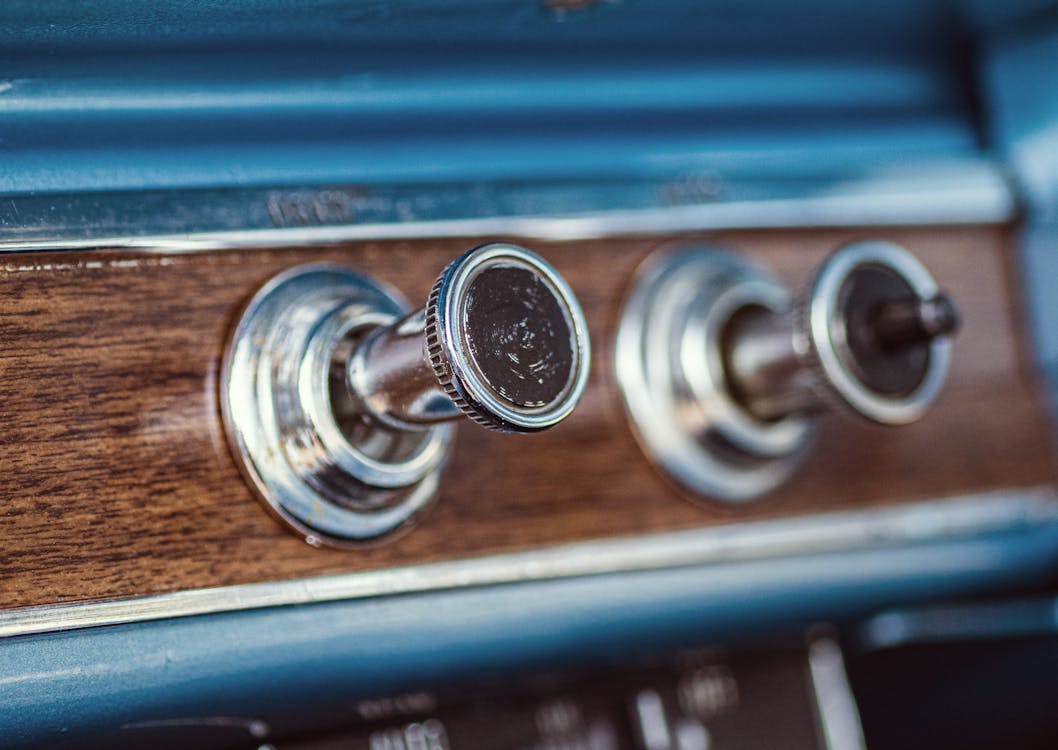
For the past years, auto interiors have actually been quickly developing towards smooth, screen-dominated control panels. Touchscreens changed traditional knobs, sliders, and buttons in what many assumed was the inescapable march of development. Yet, in an unexpected spin, physical buttons are silently making their back into modern-day automobiles. The change signals more than simply a nostalgic nod-- it's a feedback to real-world comments from motorists yearning simplicity, security, and responsive complete satisfaction.
The Digital Overload Dilemma
When touchscreens first started taking control of control panels, they seemed like the future: tidy, personalized, and packed with features. They got rid of mess and enabled automakers to enhance their insides with less physical elements. But as more functions were hidden within digital menus, motorists began to articulate concerns.
Touchscreens often require multiple actions to do basic jobs like readjusting the climate or transforming the radio terminal. Unlike buttons, they do not have the user-friendly muscular tissue memory that enables a motorist to change a setting without taking their eyes off the roadway. With so much taking place on-screen, it becomes all also very easy to get distracted-- something no person desires when traveling at highway rates.
The Return of Tactile Functionality
Among the most significant advantages of switches is their responsive responses. You can feel them without requiring to look. This sensory reinforcement makes them not simply convenient yet safer for drivers. When your hand intuitively recognizes where the volume knob is or just how far to press a button to activate the defrost, it minimizes the requirement to glance down or away from the road. And while touchscreens provide benefit for infomercial and navigation, the important day-to-day functions-- like risk lights, audio controls, and HVAC-- feel much better suited to physical controls.
As a matter of fact, numerous motorists who previously spoke highly of digital systems have expressed appreciation for newer versions that mix contemporary visual appeals with the practical feel of standard controls. It's not about denying innovation-- it's about improving usability.
A Balanced Design Philosophy
Designers have actually noticed this changing belief. As opposed to deserting displays, they're reconsidering just how they're integrated. The very best insides now strike a balance between digital adaptability and analog precision. That implies purposefully placing switches for essential features while using electronic interfaces for applications, navigating, and media.
This hybrid method is especially prominent in vehicles designed for long-distance driving or households. The convenience of pressing a button without stumbling via a menu makes a large distinction when you're attempting to remain concentrated, comfy, and secure. Also in cars understood for advanced tech, an easy rotary dial or responsive control can be the function that sways vehicle drivers looking for thoughtful design.
Buttons and the Emotional Connection
There's additionally something uniquely emotional regarding buttons. They bring a particular degree of engagement that touchscreens just do not reproduce. Pressing a button or turning a dial feels like you're literally connecting with your automobile-- it includes a layer of link that makes the driving experience much more pleasurable.
For those thinking about used Chevy cars, lorries from recent years often supply the very best of both worlds: receptive touch user interfaces coupled with traditional physical controls. These versions bridge the gap in between innovation and knowledge, making them suitable for vehicle drivers who value modern functions without compromising convenience of use.
Technology Isn't Just About Screens
It's very easy to conflate modern technology with screens, yet real development implies improving the vehicle driver experience. In this light, buttons are a form of smart style. They're quick, accurate, and don't demand interest. As auto design comes to be increasingly driver-centric, convenience and intuition take center stage.
This likewise connections directly right into the resale and trade-in value of cars. Automobiles that prioritize user-friendly features often tend to age far better in the eyes of future purchasers. If you're considering a Chevrolet trade in, knowing that your present vehicle provides an attentively created interior, total with easily available controls, can have a favorable influence.
The Future Is Functional
As cars and truck suppliers re-evaluate the duty of interfaces in the cabin, they're led by motorist responses and real-world functionality research studies. The rebirth of buttons doesn't indicate a go back to the past-- it's an advance in thoughtful, user-first layout. It recognizes that progression does not constantly mean eliminating the old however incorporating it in a way that makes driving more secure, less complex, and more satisfying.
If you're in the marketplace and checking out Chevy new car deals, watch on exactly how various versions manage their interior controls. It's not just about the touchscreen dimension-- it's concerning just how the car helps you remain concentrated on the road while making your everyday commute much more user-friendly. Buttons may not be the flashiest attribute, visit however they're promptly turning into one of the most valued.
For more understandings into vehicle patterns, interior design innovations, and clever automobile buying tips, make certain to check back frequently. We're constantly updating the blog site with fresh concepts to help you browse the road in advance.